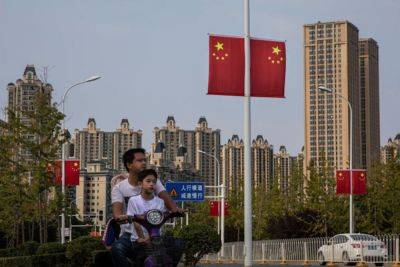China’s lithography gains a glass half full, not half empty
China’s most recently publicized advance in semiconductor lithography technology has faced widespread skepticism as Beijing strives to become more self-sufficient in high-end chip-making equipment. But it likely makes more sense to see how far China has come than for competitors to be complacent about how far it still has to go in the crucial tech realm.
Lithography equipment is used to transfer circuit patterns from the photomask (template) to the wafer on semiconductor production lines. It is the primary technological hurdle that China must overcome to create an independent semiconductor manufacturing industry immune to US-led sanctions.
Earlier this month, China’s Ministry of Industry and Information Technology (MIIT) announced that it had included two domestically-made lithography systems on a list of equipment that it wants Chinese chip makers to adopt.
One is a krypton fluoride (KrF) scanner capable of producing integrated circuits (ICs) with 130 nanometer (nm) design rules. The other is an argon fluoride (ArF) scanner capable of producing chips at 65nm. Details on throughput, alignment accuracy and the name of the manufacturer(s) were not provided.
65nm is a long way from the 28nm that China has recently targeted and even further from the 5nm it has apparently reached using imported lithography equipment.
KrF and ArF refer to excimer laser light sources with wavelengths of 248nm and 193nm, respectively. KrF and ArF scanners are the two deep ultra-violet (DUV) lithography systems that preceded the leading-edge extreme ultra-violet (EUV) systems monopolized by ASML of the Netherlands. EUV light has a wavelength of 13.5nm.
Chinese semiconductor lithography systems can apparently now compete with Canon, and Nikon and







